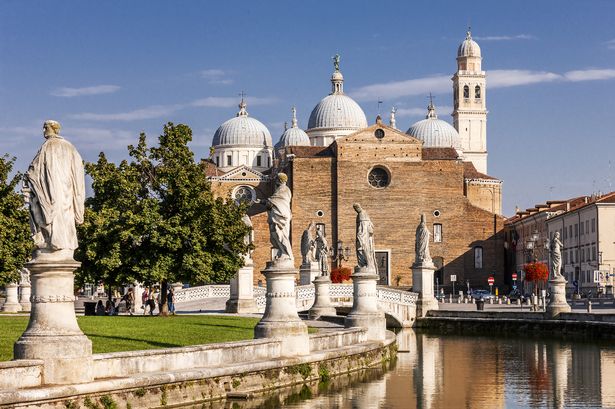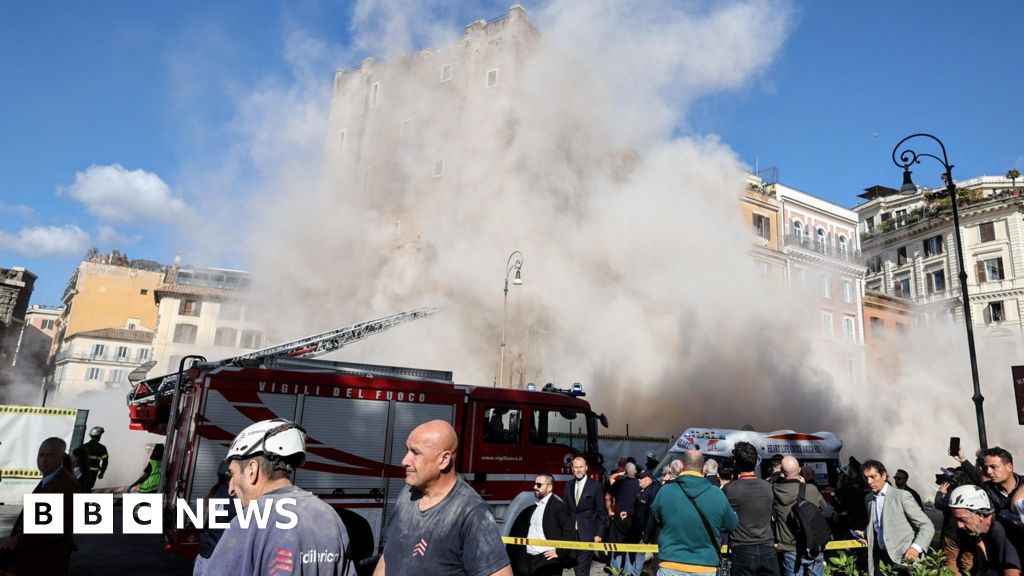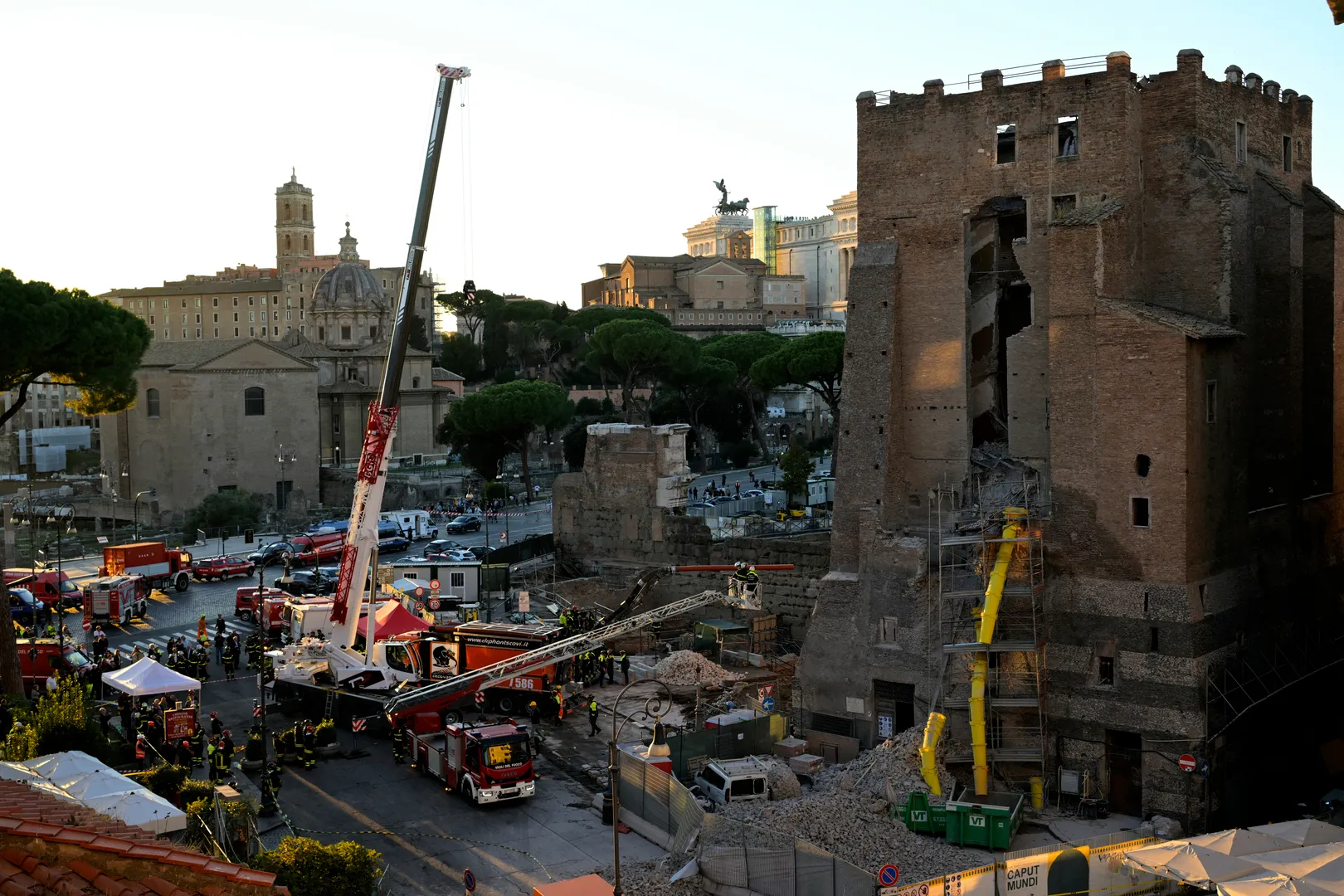A travel writer who visited Italy with her mother earlier this year said she visited two cities that gave a more authentic experience of Italy than the likes of Rome or Venice
A woman who visited Italy with her mother elected not to visit popular cities like Rome, Florence, or Venice, instead opting to try less famous and more unusual destinations.
Travel writer Jenna DeLaurentis took her mother on a “retirement trip” to the iconic European country frequented by millions of tourists each year and her verdict was that the likes of Padua and Ravenna would result in a “more authentic” experience of Italy.
For geographical context, Ravenna is located in the north east, 50 miles from Bologna whilst Padua is just 20 miles from Venice.
Jenna said that whilst Ravenna receives a lot of tourists, these mainly appeared to be day trips from Bologna which meant many of them left during the afternoon, leaving the area calm.
Meanwhile, in Padua, Jenna wrote in Business Insider that they encountered a “similar scenario”. She explained: “Sites like the Basilica of St. Anthony and Scrovegni Chapel were busy in the morning, but most tourists seemed to be gone before it got dark.
“As crowds dwindled in both Ravenna and Padua, my mum and I spent our evenings trying local cuisine and sipping cocktails at outdoor bars.”
Jenna’s conclusion was that visiting smaller cities like Padua and Ravenna gave them a much better experience than visiting major tourist hubs such as Rome and Venice.
She explained: “Though the attractions are noteworthy, they’re often overshadowed by overwhelming crowds.
“Visiting Ravenna and Padua, on the other hand, gave us the best of both worlds. We made wonderful memories together while exploring each city’s historical attractions, and loved spending quiet evenings wandering around picturesque city centres.”
Jenna’s comments about her trip in late May come as Europe recovers from another heavy tourism season and the annual questions about overtourism, a phenomenon that has raised questions about how many tourists as city can take.
However, at the start of next year, the tourism season may start earlier in Italy as the country prepares to host the Winter Olympics and Paralympic Games due to take place between February 6 and February 22 and March 6 to March 15 respectively.
In response, the UK’s Foreign Commonwealth and Development Office (FCDO) has updated its travel guidance for Italy, encouraging Britons to get travel insurance. In an update they said: “If you choose to travel, research your destinations and get appropriate travel insurance. Insurance should cover your itinerary, planned activities and expenses in an emergency.”
Addressing the Olympic Games directly, they added: “Get advice on weather and avalanche conditions before you travel and familiarise yourself with local skiing laws and regulations. You can contact the Italian State Tourist Board for advice on safety and weather conditions before you travel.”



